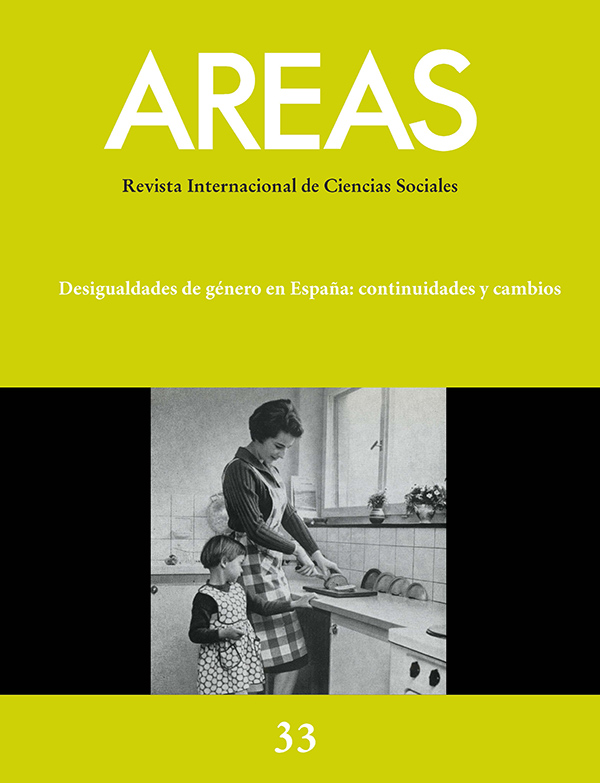INEQUALITY IN FAMILY CONSUMPTION: GENDER DIFFERENCES IN CONTEMPORARY SPAIN (1850-1930)
Supporting Agencies
- HAR2008/01998 y HAR2011-26951 (Borderías)
- HAR2509-11685 (Pérez-Fuentes) y HAR2009-11709 (Sarasúa)
Abstract
Economic Theory has recently revised during last years the following two basic ideas on the economic working of families: i) family income is the sum of the individual income of each of its members (income pooling); and ii) all family members living in the household have equal access to family resources. Unequal access to family resources among women and men, as well as among elderly, adults and children, is now understood as an input. For instance, women ate less food and of worst quality than men. But it is also understood as an output: women had poorer health, higher epidemic mortality and were smaller than men because they had received less food and poorer medical care. Inequalities in intra-family consumption are currently drawing the attention of academics and international agencies but it is not yet in the Economic History agenda. In this paper we look at some of the resources consumed by Spanish families in the 19th century: food, alcoholic beverages, clothes and shoes. Medical topographies, our main source, suggest that gender inequality structured access to family resources, and that this inequality had a strong impact on the health and well-being of family members.Downloads
Download data is not yet available.
Metrics
Views/Downloads
-
Abstract12508
-
PDF (Español (España))1670
29-12-2014
Borderías, C., Pérez-Fuentes, P., & Sarasúa, C. (2014). INEQUALITY IN FAMILY CONSUMPTION: GENDER DIFFERENCES IN CONTEMPORARY SPAIN (1850-1930). Areas. International Social Science Journal, (33), 105–120. Retrieved from https://revistas.um.es/areas/article/view/216071
Artículos
The published works by this Journal are subject to the following terms:
1. The Publication Service of the University of Murcia (the Editor) owns the copyright of its publications. It promotes and allows its use under the indicated licence in Section 2.
© Servicio de Publicaciones, Universidad de Murcia, 2011
2. Papers are digitally published under the licence Creative Commons Reconocimiento-NoComercial-SinObraDerivada 3.0 España (legal text). They can be copied, used, disseminated, transferred and publically presented if: i) the author is quoted, as well as the original source of publication (Journal, editorial and URL); ii) they are not used for commercial purposes; iii) the licence of use is mentioned.
3. Auto-file Conditions. It is allowed and authors are encouraged to digitally disseminate their pre-print versions (versions prior to review) and/or post-print (reviewed version accepted for its publication) since it promotes its early diffusion and the corresponding increase of quotes and scope within the academic community. RoMEO Colour: green.


